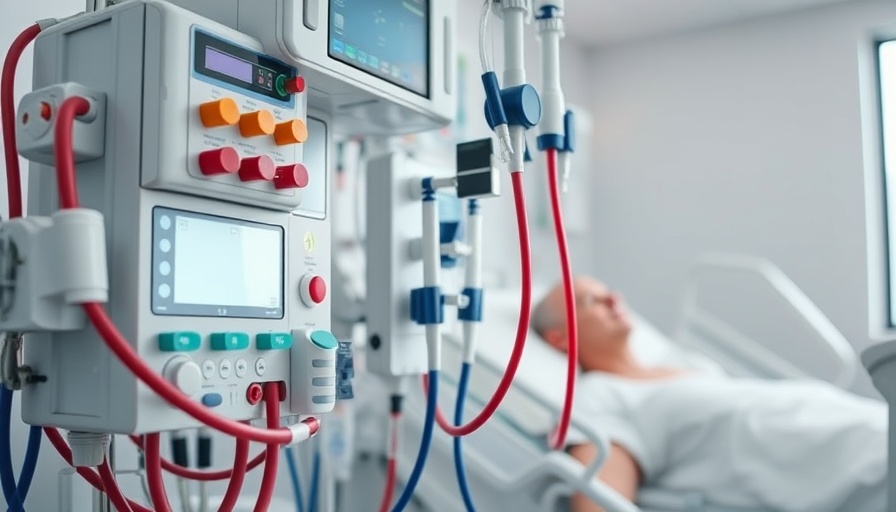
The Crucial Role of ECMO in Lung Transplant Outcomes
Extracorporeal membrane oxygenation, commonly known as ECMO, has emerged as a vital support technique utilized during lung transplants. This method can drastically improve patient outcomes by allowing the lungs to rest and heal during critical postoperative phases. Recent studies have uncovered a notable correlation between ECMO use and reduced postoperative liver dysfunction in lung transplant patients, offering significant insights into enhancing recovery strategies.
Understanding Postoperative Liver Dysfunction
Postoperative liver dysfunction (POLD) is a significant complication that can arise following lung transplants, often leading to extended hospital stays, increased morbidity, and even mortality. POLD typically presents in patients who experience inadequate perfusion, severe blood loss, or the effects of anesthetics and other drugs utilized during the surgical procedure. Recognizing the risk factors and enhancing support systems can make a noticeable difference in recovery.
Recent Findings: ECMO’s Protective Benefits
A recent investigation has shed light on how ECMO not only aids in respiratory functions but also seems to have protective benefits against liver dysfunction. Through enhanced hemodynamic stability and improved oxygenation, ECMO enhances overall organ perfusion. The study's findings suggest that patients who received ECMO during their transplant exhibited lower rates of POLD compared to those who did not.
The Connection Between Lung and Liver Function
The connection between lung and liver functions is a topic of growing interest in the medical field. These two vital organs work synergistically, and dysfunction in one can cascade effects on the other. For lung transplant recipients, ensuring that both organs function efficiently is paramount to overall health. By leveraging ECMO technology, surgeons can provide better support at critical moments during recovery, potentially reducing the incidence of POLD.
Challenges and Considerations with ECMO
While the benefits of ECMO are substantial, it is essential to recognize that this technology is not without risks. Complications such as hemorrhage, infection, and thrombosis can arise, demanding careful patient selection and management by surgical teams. Medical professionals must weigh the benefits against these risks when considering ECMO for lung transplant patients.
Future Trends in Lung Transplant Treatment
With ongoing advancements in medical technologies and techniques, the future of lung transplantation looks promising. As researchers continue to explore the impact of ECMO on various organ dysfunctions, it's likely that this will inform future guidelines and protocols in transplant medicine. Further investigations are essential to establish best practices and ensure that patients receive optimal care to prevent instances of postoperative complications.
Concluding Thoughts: The Path Ahead
As the medical community delves deeper into the implications of ECMO during lung transplants, patients stand to benefit greatly from these advancements. Reducing postoperative liver dysfunction is just one aspect of enhanced recovery pathways for lung transplant recipients. By embracing technological innovations and adapting to new findings, healthcare providers can significantly improve patient outcomes in this complex field.
For anyone interested in the intersections of technology and healthcare, staying informed on these trends is crucial. The continuous evolution in surgical techniques and supportive technologies like ECMO promises a brighter future for transplant patients. Follow developments that could enhance the quality of life for countless individuals in need.
 Add Row
Add Row  Add
Add 




Write A Comment